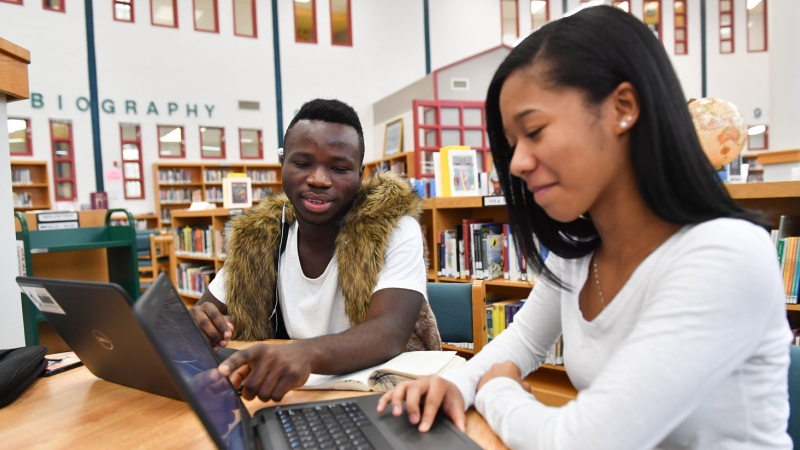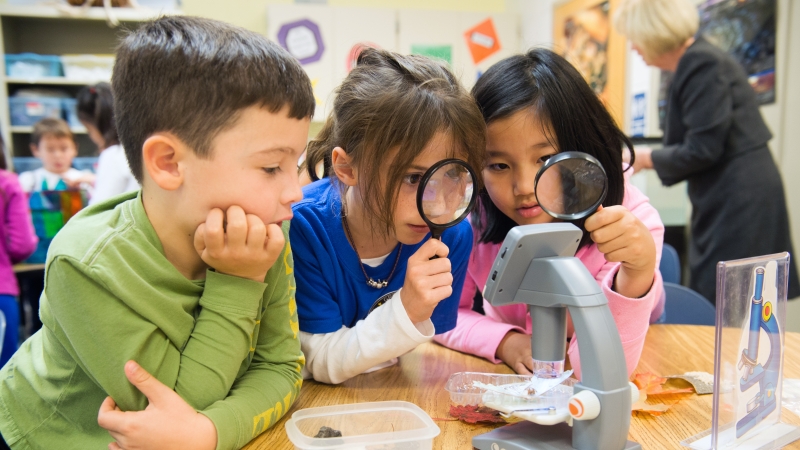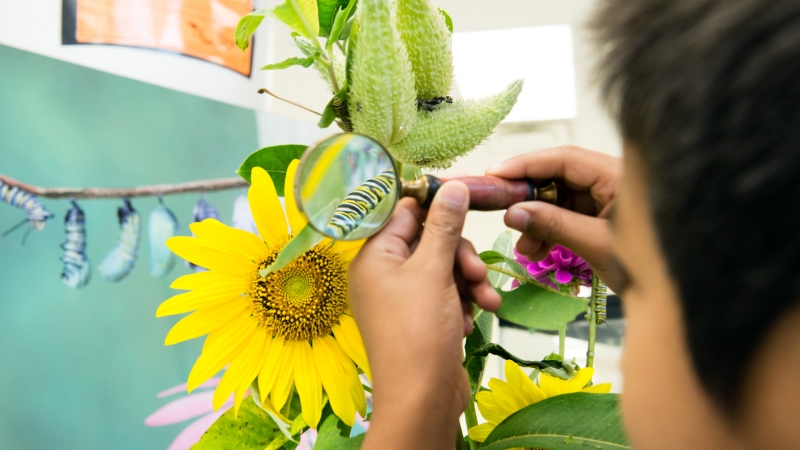FCPS Learning Model
The Learning Model outlines the FCPS instructional vision ensuring all students develop rich content knowledge and reach Portrait of a Graduate outcomes.
In FCPS, we commit to equity in opportunity, access, & achievement for students through implementation of the FCPS Learning Model.
The Learning Model outlines the FCPS instructional vision ensuring all students develop rich content knowledge and reach Portrait of a Graduate outcomes.

There are four domains of the Learning Model that represent the best practices in teaching and learning:
- Concept-Based Curriculum
- Meaningful Learning Experiences
- Purposeful Assessment
- Learner-Centered Environment
Within each domain of the Learning Model are big ideas that guide our actions:
Concept-Based Curriculum
Big ideas:
- Students develop knowledge, understandings and skills that can be applied across subject areas and in real life settings.
- Students are part of a culture of thinking where they are able to utilize and grow critical thinking skills, construct their own meaning, and make connections across curricula.
Meaningful Learning Experiences
Big ideas:
- Students engage in inquiry-based learning opportunities that foster curiosity and require students to develop communication and collaboration skills.
- Students' motivation and engagement is increased when students confront and make contributions to solving real-world problems.
- Students have authentic reasons to think, read, write, listen, and speak.
Purposeful Assessment
Big ideas:
- Students demonstrate knowledge and skills in a variety of ways, to include projects, portfolios, tests, and responses to open-ended questions and tasks.
- Students are centered in the assessment process, engaging in goal setting, reflecting on their progress towards goals, and receiving feedback to support continuous growth.
Learner-Centered Environment
Big ideas:
- Students feel a part of a positive, safe and culturally responsive learning environment.
- Students engage in learning based on their goals, strengths, needs, interests, and learning styles.
- Students have access to learning in physical and virtual learning environments.
The outer ring of the Learning Model summarizes our belief that a cycle of continuous improvement is achieved through professional learning communities’ use of the Plan/Teach/Assess/Reflect cycle.



